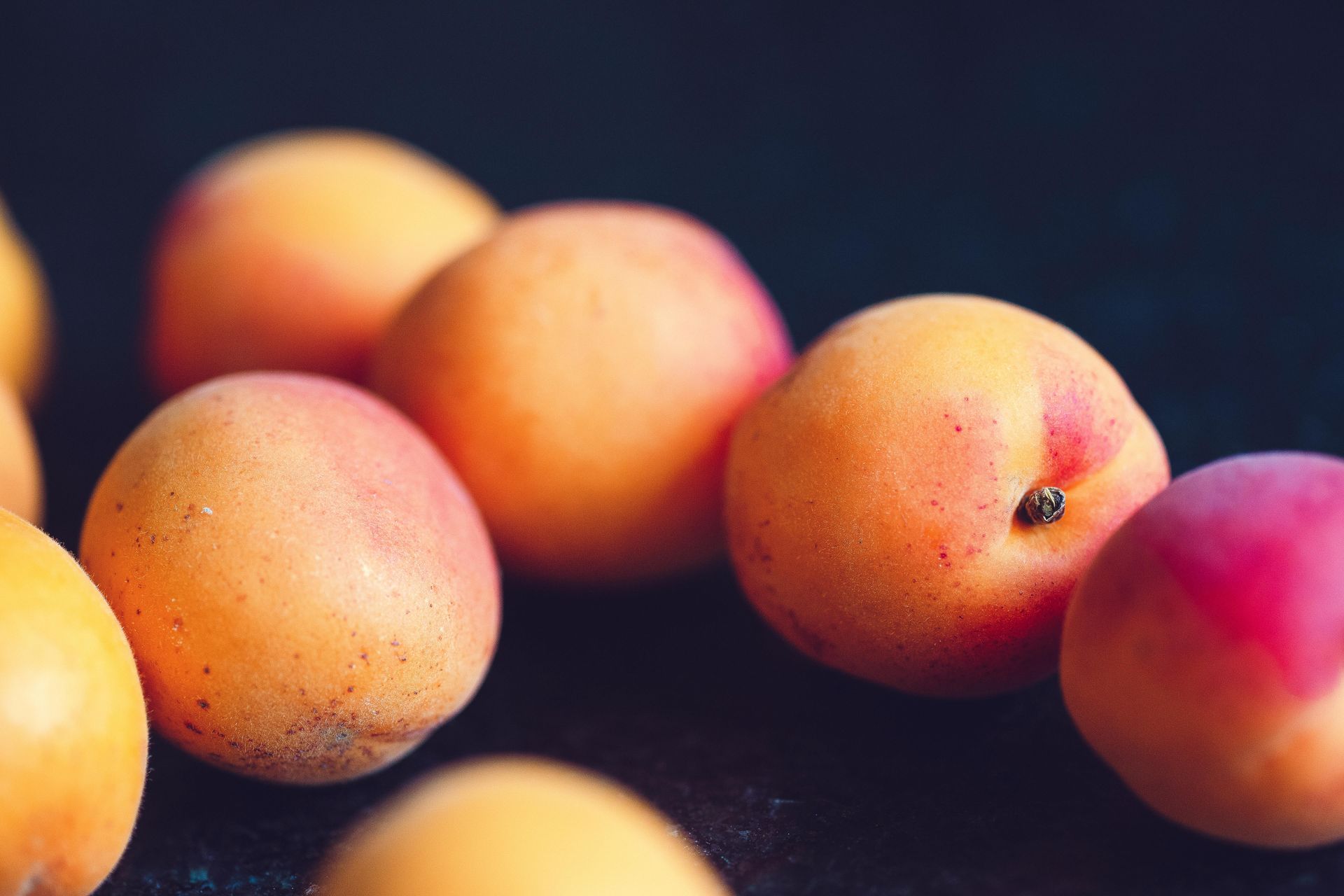Strep A and Monkeypox – The latest
In the UK so far this year more than 60 people have died of Strep A, including 15 children, who died thanks to ‘rare but severe’ complications. At the same time Scarlet Fever cases are higher than they usually are and new Monkeypox cases – now re-named Mpox by the WHO – are still emerging. Let’s take a look at the details behind the diseases doing the rounds right now.
Thanks to New Scientist for the insight into Strep A, and to ECDC Europa and the UK government for the information about Mpox.
First, the latest news about invasive Strep A
Strep A is a bacterium from the group A streptococcus. Many of us carry it in our mouths and throats without realising it. The most common symptom is an acute sore throat, called a ‘strep throat’. If the symptoms also include a sandy-feeling rash, a fever, and a headache, it’s probably Scarlet Fever, which is most common in young children. Ordinary antibiotics are usually the key to treating strep throat and scarlet fever.
Now and again the bacteria goes rogue to cause very severe infections. Invasive group A streptococcus disease, also called iGAS, is the result and it can kill. The symptoms include fever, dizziness, confusion, low blood pressure, a rash, and abdominal pain.
Strep A spreads through saliva and snot, usually through sharing utensils or breathing in droplets after someone has coughed or sneezed. Invasive strep A is more common in people over 75 but so far no older people have died from Strep A in the UK.
There was a similar Strep A outbreak in 2017-18 but this year’s has come with many more child deaths. Nobody knows why but it could simply be down to a higher post-covid infection rate, where more children are getting infected this year, along with a surge in other viral diseases, which tends to boost the risk of bacterial infections. The number of Scarlet Fever and Strep A cases we’re seeing right now is the highest since 2017, but not as high as the previous peak in spring 2018.
Could a dangerous strain be to blame? It doesn’t look like it. But there’s been a new strain of S. Pyogenes on the loose, which makes more than nine times as much toxin as other strains, and it’s been circulating in the UK since 2014. It might be at the bottom of the country’s worrying hike in Scarlet Fever and invasive strep A. It’s also worth noting the UK is the only country seeing a higher than expected death rate from invasive Strep A.
Second, the latest news on Monkeypox – Now called Mpox
Mpox transmission has already fallen significantly thanks to high vaccination rates across the most at-risk groups. Case numbers have stayed low recently, reducing dramatically from 350 a week in July to just five a week in week 1 December. The NHS continues to do what it can to limit its spread in the UK and from imported cases.
Mpox still mostly affects men aged 18 to 50 who sleep with other men. Weekly cases peaked in the UK during July, and have declined steadily ever since thanks to good communication and community engagement, increasing natural immunity, and vaccination. Winter itself helps cut the spread of Mpox, simply because fewer people are going to the ‘large cultural and social events’ where the risk of spread is the highest.
EU and EEA countries are continuing to raise awareness in health professionals, support sexual health services, and carry on detecting the disease, along with ongoing contact tracing and case management.
What to do when we’re all more aware of viral and bacterial risks
Our units, sterilisers and lamps don’t just kill covid. They kill a long list of bacteria and viruses, moulds, protozoa, spores and yeasts. Which means your premises is clean, safe and free from many of the everyday health threats that competing businesses without protection are vulnerable to. If you’d like to grab yourself a competitive advantage when businesses around you are suffering because everyone’s gone off sick, let’s talk.










